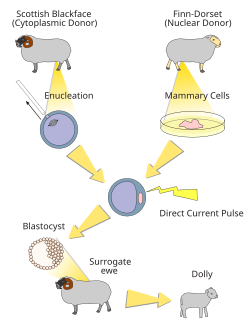Astronomy and space exploration

- January 30 – Comet Hyakutake is discovered. [1]
- February 17 – NEAR Shoemaker spacecraft launched. The craft landed on asteroid 433 Eros in 2001. [2]
- May – First naked-eye observation of Comet Hale-Bopp. [3]
- June 4 – The European Space Agency's Cluster is lost when the maiden flight of the Ariane 5 rocket fails, self-destructing 37 seconds after launch from the Guiana Space Centre because of a software bug in the computer control system. [4]
- October 3 – Reinhard Genzel and Andrea Ghez demonstrate the existence of a supermassive compact object at the centre of our galaxy, later identified as a black hole. [5]
- November 7 – NASA launches the Mars Global Surveyor . [6]
- The second 9.8 m reflecting telescope opens at Keck Observatory, Mauna Kea, Hawaii. [7]